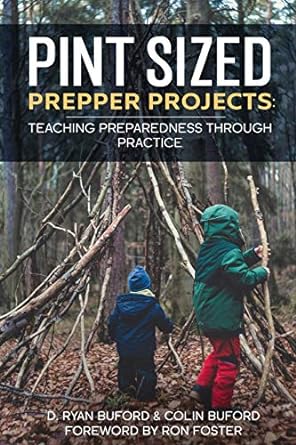How to: Foraging for Spring Edibles 7 - Featuring Cattails (Typha latifolia)
Share
Video
06/17/2014
Cattails are amazing plants that are what I consider a premier Tier-1 plant being edible, having medicinal properties, and being highly utilitarian. Human beings have been relying on cattails for thousands of years. There is always something edible on a cattail any time of the year.
Currently, in late Spring/Early Summer the pollen and flower heads start to form and emerge from their sheaths from the straight stalk that this grass species produces....the at this stage the young pollen head and flower head are edible and really tasty. They are steamed with butter like asparagus, and have a slightly corn-like taste. In fact, after steaming you eat them like corn-on-the-cob.
A WORD OF CAUTION, in some states, like mine (Minnesota) cattails are protected and are illegal to harvest (up-root) in large quantities without a permit. However, I have contacted the DNR in my state and have gotten a verbal go-ahead on light harvesting - only what I can carry. But I would highly advise contacting your local Dept of Natural Resources to get more information.
Cattails aid in stopping shore erosion, and provide habitat for many species of animals.
========================
The plants featured are:
Cattail (Typha spp.)
========================
FORAGING RULES:
1). Only harvest plants that you have 110% positively identified.
2). Only harvest from areas where you have permission to do so.
3). Only harvest from areas you know are not sprayed, contaminated, or polluted.
4).Only use your harvest after they have been well washed in water.
5). Only ingest small amounts at first; If you choose to do so it is AT YOUR OWN RISK! DO NOT use this short video as the source of truth...DO YOUR OWN RESEARCH and/or find someone in your area who is knowledgeable and competent
#5 is especially important if you are new to wild foraging. Aside from the obvious dangers of thistles, poison ivy, poison oak, and deadly water hemlock...Many wild plants contain off the charts vitamins and minerals which might create a shock to your system...considering the nutrient count of your average domesticated vegetable foodstuffs.
Also and adendem to rule #1 is follow Green Deane's of EatTheWeeds I.T.E.M-ize Rules:
(I)dentify the plant beyond doubt....be sure it is the right
(T)ime of year. Check its
(E)nvironment. This involves two things. One is making sure it is growing in the right place. The other is making sure the plant is getting clean water and is not in polluted soil. And then...
(M)ethod of preparation.
SORRY - There are no steps for this How-To. Please check back later. Or drop me a line at
TheUrbanAbo@gmail.com to let me know you wanna see this one fleshed out.







